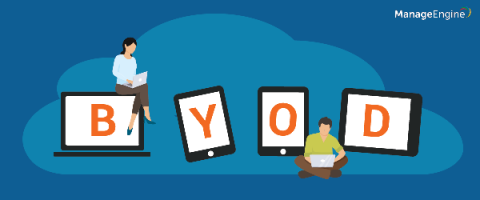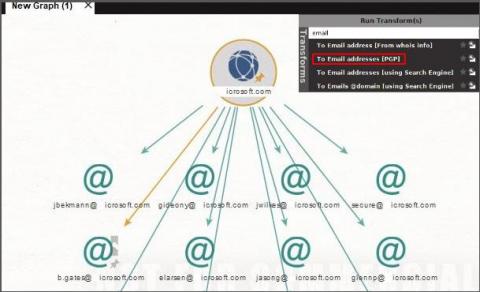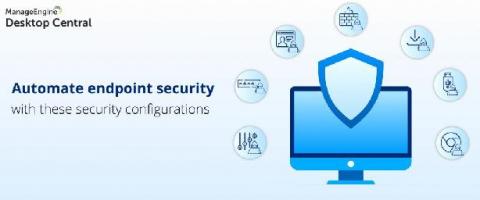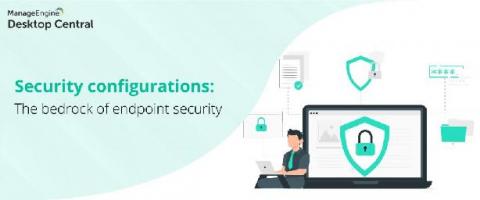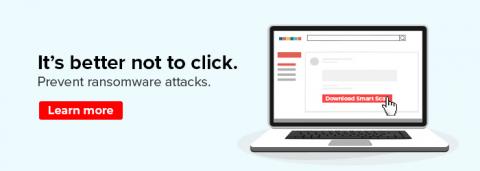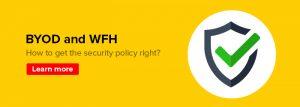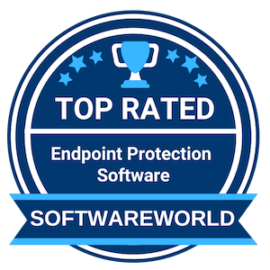How to choose the right compliance management software for your business
While keeping data safe from modern cyberthreats is difficult enough, you also have to keep in mind compliance with common regulations, i.e., ensuring your company’s compliance to SOX, which deals with transparency in disclosures from public companies. Nowadays, it’s not enough for businesses to rely on dismissive financial documents that satisfy the intermittent audit; you need to level up your game, and create detailed day-to-day records of activities.




